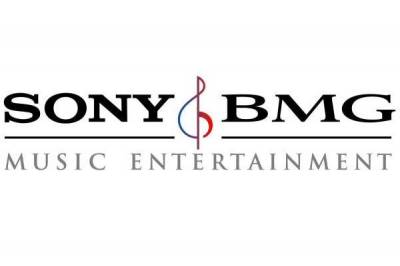Purpose of a music video
A music video has many purposes, although the most obvious is to sell a product, namely the song which the video is for. However, music videos can also be used to market other products, such as the album which the video is featured on, or the film which the video makes intertextual references to. However, this is an unusual form of advertisement, as the audience gets to experience the whole song through the video, meaning they are being given a form of the product which they are potentially then going to later purchase. Whilst this wasn't a problem in terms of revenue in the pre-millenial digital age, it is a problem now as YouTube means that people can access the song and corresponding video wherever they are, meaning there is little need for them to purchase the song.

Fearing a loss in profit, most labels attempted to stop this, although efforts proved futile, meaning that labels such as Sony BMG now have a dedicated YouTube channel for their artists work. These videos then contain links to websites such as iTunes where the content can be purchased via download, which means that the music video can be used to sell the song, even if technology has made it less effective than it was 15 years ago.
In addition to this, there is the VEVO YouTube service, which funds artists for uploading their videos by giving their record label a cut of the advertising revenue. As the view count on the video above (270,000,000 in November 2014), uploading a music video to VEVO gives it exposure to a larger audience. This is the best way to make music videos profitable in the new age, as otherwise there is a very small chance that the viewer is going to legally purchase the music, especially with YouTube ripping tools easily available online.
Conventions in music videos
A convention which runs throughout almost all YouTube videos is movement being used to the rhythm of the song. This movement can be achieved through the movement of the camera, from editing to the beat, or from people in the video moving. In addition to this, a lot of music videos contain a narrative, with some crossing over to the point where they can be regarded as short films. This narrative will either match the lyrics of the song, or will be about a different theme which embodies the feel of the music.
Another product which is sold through music videos is the band/artist themselves, as they may be featured performing, be in the form of lip-syncing or playing instruments. They may also be featured acting, playing characters outside of their usual persona.
Some music videos contain references to other media, such as films, TV shows or current affairs. This is called intertextuality. This can either be due to the song being featured in a certain film, or in order to mock other artists, as Blink-182 did in their video for All The Small Things.
Genre and its impact on music video
The majority of musical genres have characteristics associated with them, and this then extends into the music videos from this genre. These video characteristics include clothing and visual codes, such as props. One of the most notable and controversial genres of music video is hip hop, due to its conventions of gang culture, the objectification of women, drugs, alcohol, violence and cars. In terms of clothing, baggy clothing is usually worn, in order to reflect the chilled out style of music which is usually featured in the videos. The hypodermic needle theory suggests that displaying such a culture is likely to make fans of the genre try to live their lives in the same way, although the truth behind this has been widely disputed.
Other genres which contain instantly recognisable visual codes include punk (tight jeans, anarchist symbols, skateboarding, a sense of rebellion) and rock, which often features an element of live performance and the consumption of alcohol.
By studying this factsheet, I have learned a great deal about how music videos are formulated and how important it is to ensure that we include multiple genre characteristics in order to make sure our audience can relate to it.















